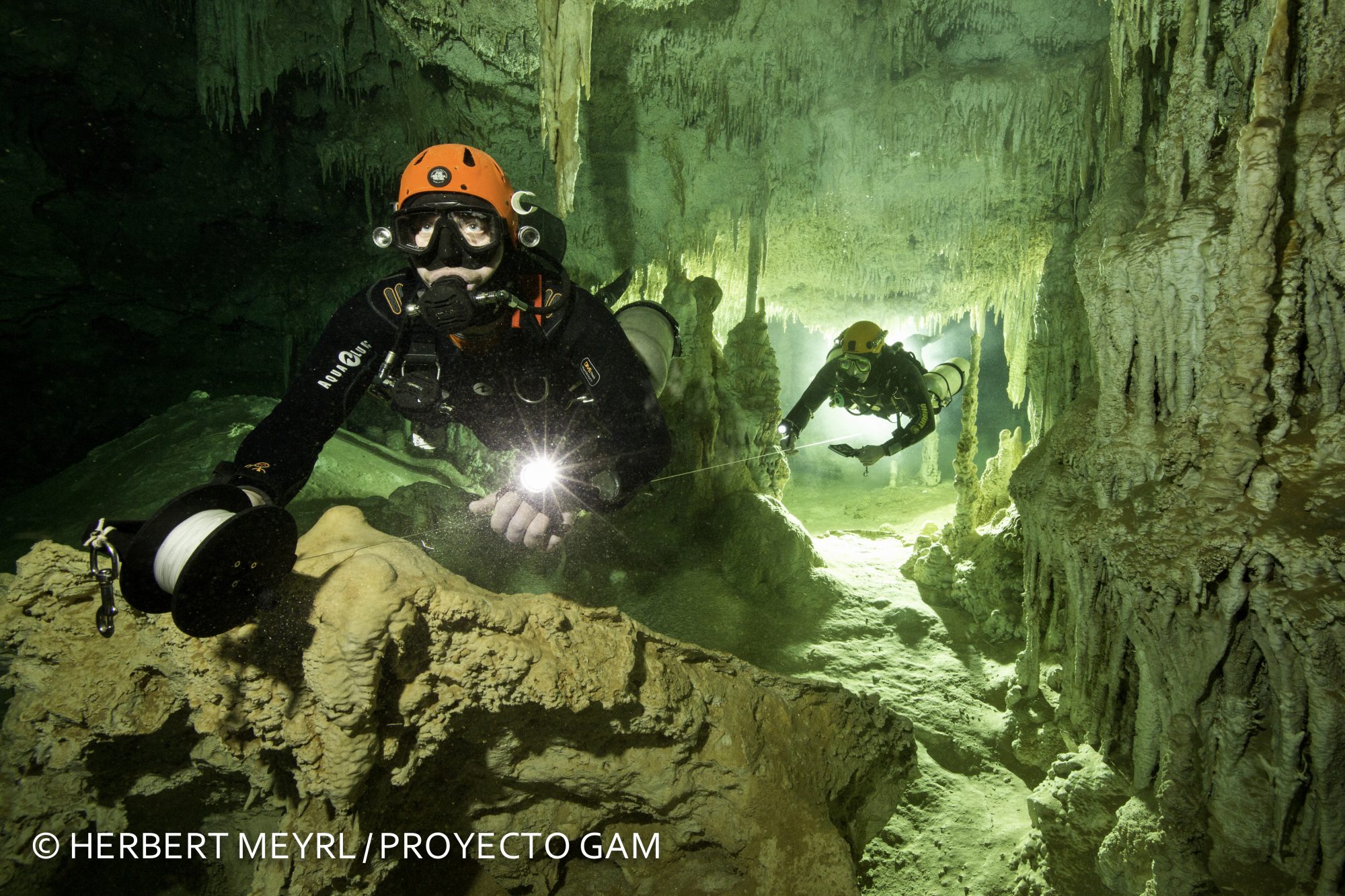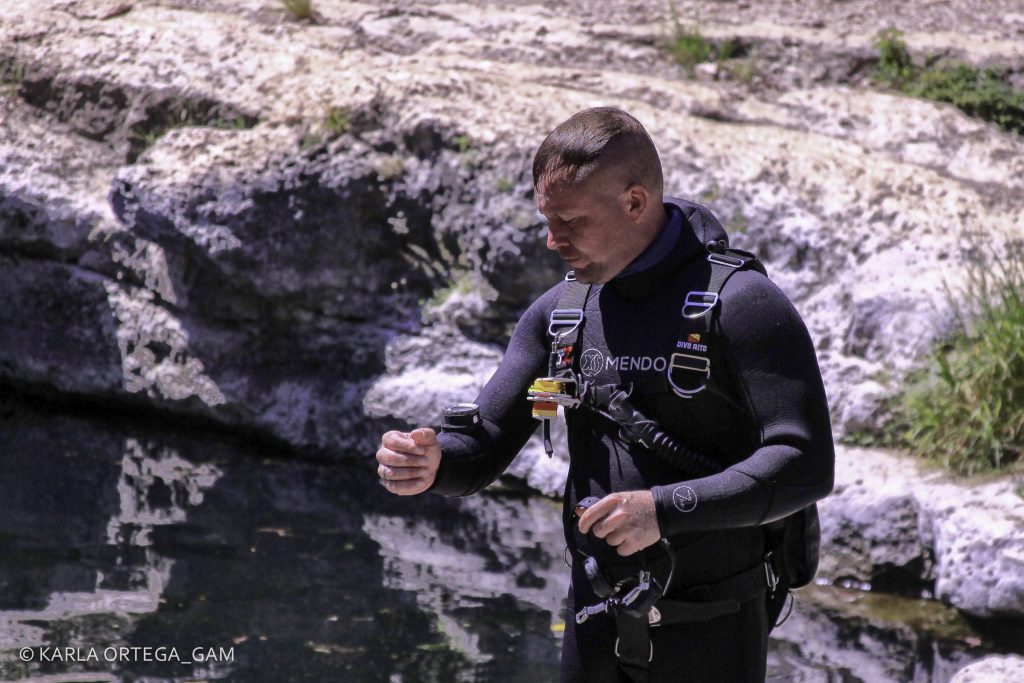
Two of the largest underwater cave systems in the world have been connect, resulting in a new record, which brings the combined length of two caves, Sac Actun and Dos Ojos, to a total length of 347 km.
The Underwater Exploration Group of the Great Maya Aquifer Project (GAM), achieved the breakthrough in Quintana Roo in México’s Yucatan peninsula on 12 January 2018 after ten months of intensive work. The connection was the culmination of 14 years’ work by Robert Schmittner, exploration director of GAM, and many other cave divers.
Until this breakthrough, the Ox Bel Ha System, located south of Tulum, was the longest underwater cave in the world, at a length of 270 km with the Sac Actun System, located northeast of Tulum, in second place at 263km. The fourth on this list was the Dos Ojos System, at 84km, and it is this cave that has now been joined to the Sac Actun system.

The team’s next ambition is to connect Sac Actun with three other underwater caves in the Tulum area. According to the Quintana Roo Speleological Survey, founded by Bil Phillips and James Coke, there are 358 submerged cave systems in the area, with an approximate total of 1400km of fresh water passages.
The GAM exploration group is also working on another important system with a length of 18km called The Mother of all Cenotes, to the north of Sac Actun, which has a maximum depth of 20 m and the group believe that they are very close to connecting the two. Robert Schmittner says: “This is an effort of more than 20 years, travelling hundreds of kilometres of submerged caves in Quintana Roo to which I’ve dedicated 14 years exploring this monstrous Sac Actun System; now everyone’s job is to conserve it.”
This discovery is very valuable because the huge reserves of fresh water in the system supports a wide biodiversity and this aquifer has given life to this region of the Yucatan Peninsula, from ancient times, to the present day. The next phase of the project includes an analysis of the water quality of the whole Sac Actun system, as well as the study of the biodiversity which directly depends on the conservation of the aquifer, and the mapping and detailed record of the many submerged archaeological contexts.
Guillermo de Anda, researcher at the National Institute of Anthropology and History (INAH) and Director of the Great Maya Aquifer Project comments that: “This immense cave represents the most important submerged archaeological site in the world, as it has more than a hundred archaeological contexts. Along this system, we had documented evidence of the first settlers of America, as well as extinct fauna and, of course, the Mayan culture.”

The GAM team have dedicated their achievements to Bil Phillips, a pioneer of the exploration of the Mayan aquifer and co-founder of the Quintana Roo Speleological Survey, who died last year. The survey has put together an extensive database of detailed maps of the complex systems that aids in understanding and protecting these important submerged cave systems.
British cave diver, Duncan Price, author of Underwater Potholer, who dived in the Sac Actun system in 1995, told Darkness Below: “This connection (like those that precede it) is another step in the exploration of the underwater caves on the Yucatán peninsula. Given the geology of the area it is likely that all the caves are in some way linked to form one massive system that could dwarf the longest ‘dry’ cave systems around the world. Not only are the caves a vital water resource for the area, they also contain Mayan artefacts and are exquisitely decorated with speleothems that were formed during the last ice age when sea levels were lower.”
Video courtesy of Brian Wiederspan and Jeanna Edgerton
Correspondent: Linda Wilson
